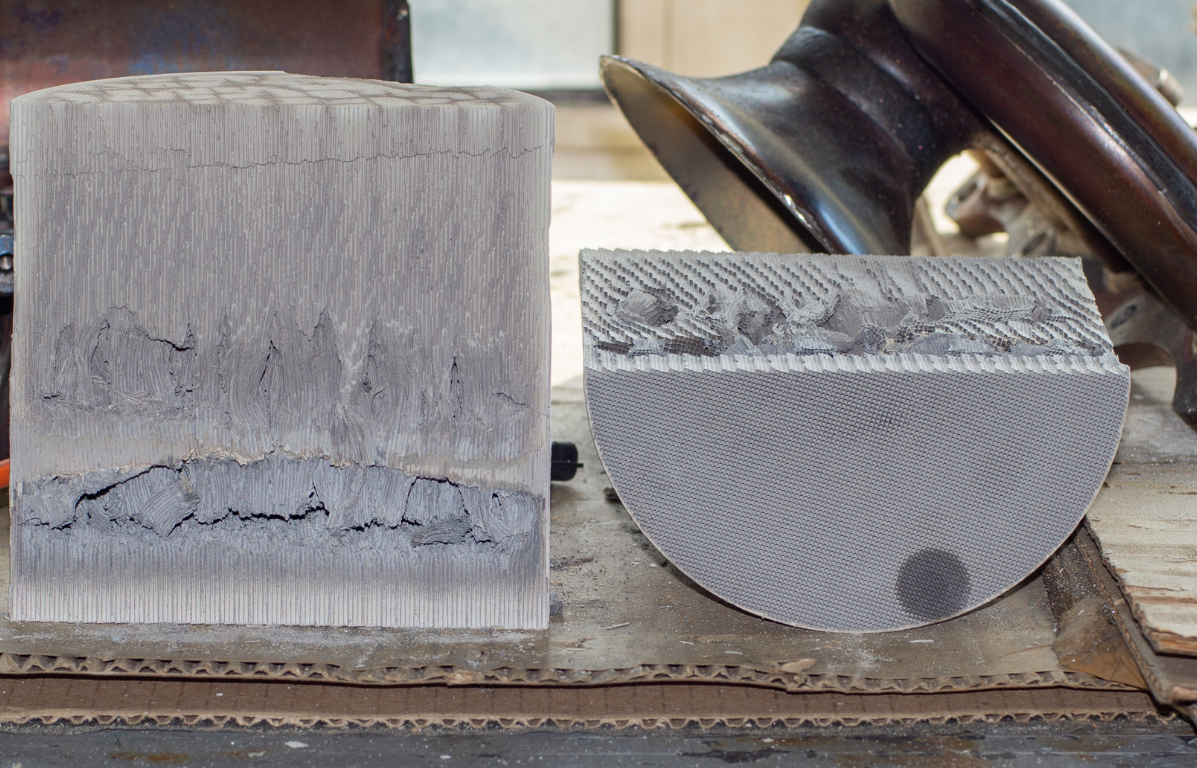Autocatalytic Converter Monolith
A catalytic converter is a device that is a part of a car’s exhaust system designed to convert harmful pollutants into less harmful gasses through a chemical reaction. It is made up of a ceramic or metallic honeycomb-like structure coated with various metals like platinum, palladium, and rhodium, which serve as catalysts that speed up the reaction process.
The catalytic converter’s primary function is to reduce the amount of harmful gasses released into the atmosphere by a vehicle’s exhaust system. It does this by converting three primary pollutants – carbon monoxide, nitrogen oxides, and unburnt hydrocarbons – into less harmful gasses like carbon dioxide, nitrogen, and water vapor.
The recycling of catalytic converters has become increasingly important in recent years due to the growing concern over environmental pollution and the depletion of precious metals. On average, a standard catalytic converter contains about 1 gram of platinum, 1.5 grams of palladium, and 0.3 grams of rhodium (there are over 30,000 different types of monoliths, each with a different weight and different PGM content).
These metals are not only scarce but also expensive, making the recycling of catalytic converters a lucrative business. In order to gain a good understanding of these monoliths, please look at our “Car Catalyst of the week” newsletters, where we present accurate and specific data about each autocatalyst.
The recycling process involves removing the ceramic or metallic substrate from the catalytic converter’s housing and then extracting the precious metals from the substrate. This is done through a process known as smelting, which involves heating the substrate to extremely high temperatures to melt the metals, which can then be separated and purified.
Monolithic autocatalysts are a type of catalytic converter that is used in modern vehicles. Unlike the traditional ceramic or metallic substrate used in older catalytic converters, monolithic autocatalysts use a single block or “monolith” made up of a honeycomb-like structure coated with precious metals like platinum, palladium, and rhodium.
The monolithic autocatalyst design allows for a more efficient conversion of pollutants by providing a larger surface area for the chemical reaction to take place. This, in turn, leads to better fuel efficiency and lower emissions.
In addition to their environmental benefits, monolithic autocatalysts also have economic advantages. They are less expensive to manufacture than traditional catalytic converters and require less precious metal coating, leading to a reduction in the overall cost of the vehicle.
In conclusion, the catalytic converter is a crucial component of a vehicle’s exhaust system that helps reduce harmful pollutants and protect the environment. The recycling of catalytic converters has become a lucrative business due to the scarcity and high cost of precious metals like platinum, palladium, and rhodium. Monolithic autocatalysts are a newer, more efficient design that not only provides better fuel efficiency and lower emissions but also has economic advantages. It is essential to continue to develop and improve upon these technologies to reduce the impact of vehicles on the environment and conserve valuable resources.




